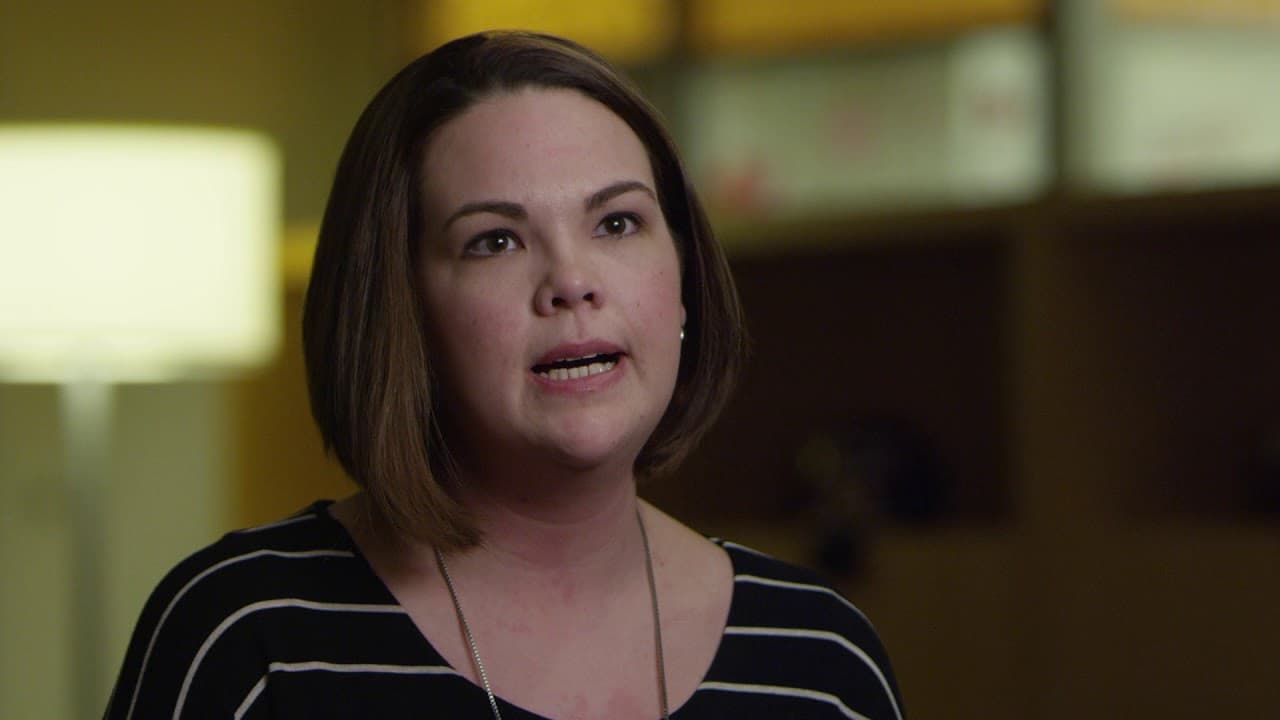Proximal Femoral Focal Deficiency Care

Proximal Femoral Focal Deficiency (PFFD) Care at Shriners Hospitals for Children
Connor:
I was born with one leg shorter than the other, and I have PFFT.
Meagan:
We did not know in ultrasounds or anything like that. The pregnancy was normal. The doctor said your son has a birth defect. He has two different size legs, and they're probably going to have to amputate one of them. I'm devastated. I didn't know what to do. We went to the orthopedic doctor and she said, "I think you would be better off going to Shriner's."
Connor:
I had to get a lift and a brace. So, we came here to Shriner's,
Meagan:
When I met Dr. Gordon for the first time and he was talking to me about the process that we were going to do to get Connor lengthened, I was in tears because here's a man who is going to save my son's leg.
J. Eric Gordon, M.D.:
Proximal femoral focal deficiency is a problem in which the femur, the thigh bone, is shorter than the other side. You have to be able to sit down, look at what the projected leg length discrepancy is, look at what those other deformities or other concerns are and come up with a comprehensive approach to that, that may involve several different surgeries.
Meagan:
When he was five, he had a hip surgery and he was in a body cast from his hips all the way down to his legs. And then after his hip surgery, when he was six, so about a year and a half later, he did his first lengthening, and that was in his femur.
Connor:
My frame is what is helping me get my leg longer.
J. Eric Gordon, M.D.:
Taylor spatial frame, it has six struts on it and it is computer controlled in the sense that we have a plan that we input into a computer, and then it will give us a program of changes to the struts that we give to the patients, and they carry that out over a course of six to eight weeks sometimes.
Connor:
The pins they had on actually were drilling into my bone and pulling my bone apart so new bone can come in. And I just got my second one finished this year, and so that's three surgeries I had on my leg. I have one more before my leg is evened out. I'm doing great now. I am better. I am running, I am jumping. But the doctor still says I can't jump off of stuff, but I really do want to. Shriner's is like a second home to me. I'm happy when I come here, I get to see all the trainers.
J. Eric Gordon, M.D.:
I have the simple part in terms of doing the surgery. I'm pretty much done after that. I tell most of them, if they can do this, they can do anything in life.